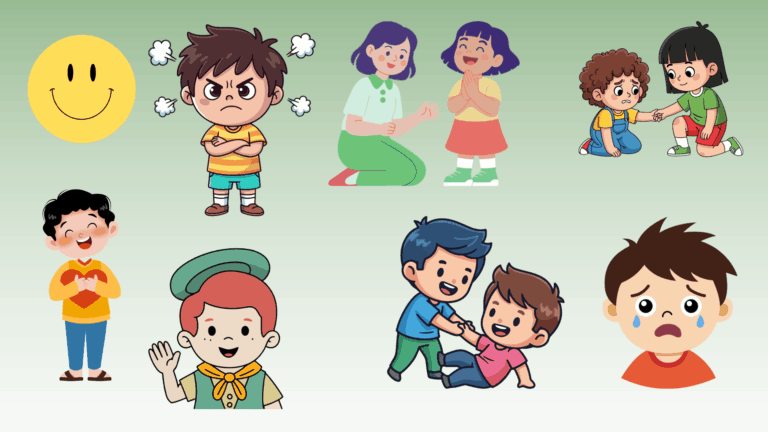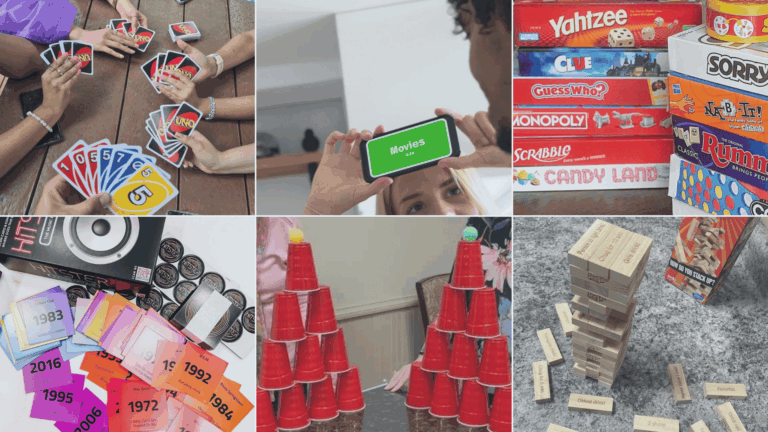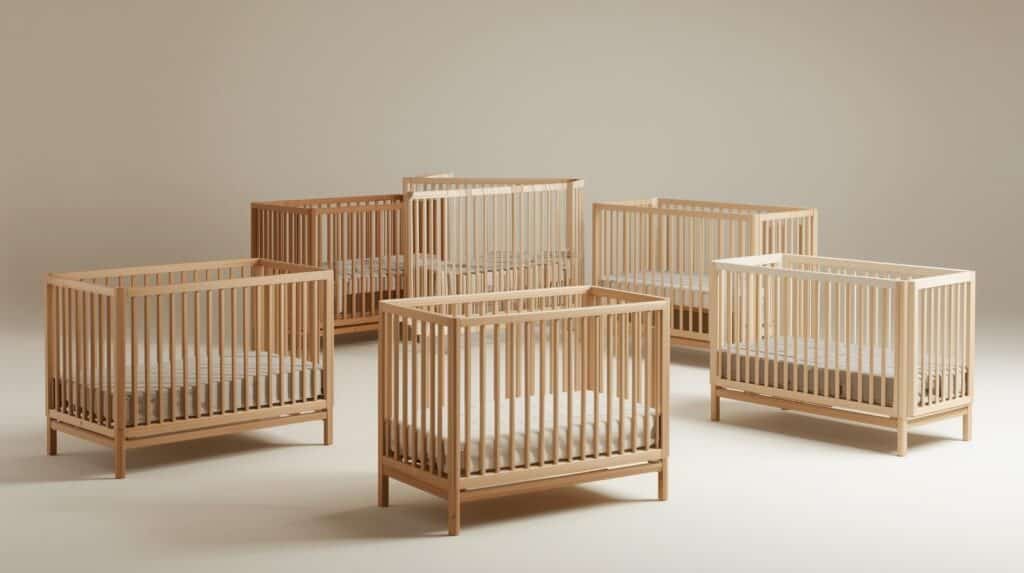What gets bigger when more is taken away? It’s a head-scratcher, right? We all love a good brain teaser that makes us stop and think.
You’ve probably been stuck on this riddle before. Maybe someone asked you at a party or you saw it online. The answer seems so simple once you know it, but getting there can be tricky.
Riddles like this one play with words and make us think differently. They twist our usual way of seeing things and force our brains to consider unusual angles.
In this post, I’ll explain the answer to this famous riddle. I’ll show you why it works and share some similar mind-benders that use the same clever trick.
Plus, you’ll learn why riddles are so good for our brains. Ready to solve this mystery?
The Answer to the Riddle – A Hole

The answer to “What gets bigger when more is taken away?” is a hole!
Think about it for a moment. When you dig a hole and take away more dirt, what happens? The hole gets bigger! It’s such a simple answer, but it makes perfect sense once you see it.
A hole is actually empty space. The more material you remove from around this space, the larger the empty area becomes.
This works for all kinds of holes:
- Dig more soil from the ground: a bigger hole
- Cut a larger opening in the paper: a bigger hole
- Remove more wall for a window: bigger hole
The riddle tricks us because we usually think of things growing when we add to them, not when we take away. But a hole is special – it’s defined by what’s missing, not what’s there.
Now that you know the answer, you can share this brain teaser with friends and family. It’s a fun way to make people think differently about how things work!
The Origins of the Riddle
The “hole” riddle has been around for a long time. No one knows who made it first. It belongs to a family of old puzzles that play with how we think.
People have used riddles since ancient times. Greeks, Romans, and many other cultures loved word puzzles. They were both fun and helped teach clever thinking.
This riddle works because it flips normal logic upside down. Most things get smaller when parts are taken away. A hole does the opposite.
The puzzle appears in many old joke books and puzzle collections. Today, it spreads on social media and websites where people share brain teasers.
What makes this riddle last? It’s simple to say but tricky to solve. And once you know the answer, you want to test others with it too!
Riddles That Stump You: More Mind-Twisting Puzzles Like This One

-
What has keys but can’t open locks? – A piano
-
What has a head, a tail, but no body? – A coin
-
The more you take, the more you leave behind. What am I? – Footsteps
-
What comes once in a minute, twice in a moment, but never in a thousand years? – The letter “M”
-
I’m tall when I’m young, and I’m short when I’m old. What am I? – A candle
-
What is always in front of you but can’t be seen? – The future
-
What can travel around the world while staying in the corner? – A stamp
-
What has a neck but no head? – A bottle
-
What is full of holes but still holds a lot of weight? – A net
-
What gets wetter as it dries? – A towel
-
What comes down but never goes up? – Rain
-
What has one eye but can’t see? – A needle
-
What can be broken but never held? – A promise
-
What runs but never walks, has a bed but never sleeps? – A river
-
What has a heart that doesn’t beat? – An artichoke
-
What can you catch but not throw? – A cold
-
What has hands but can’t clap? – A clock
-
What has cities, but no houses; forests, but no trees; and rivers, but no water? – A map
-
What belongs to you, but other people use it more than you do? – Your name
-
What is light as a feather, yet the strongest man can’t hold it for much longer? – Your breath
-
What is so delicate that saying its name breaks it? – Silence
-
What gets bigger the more you take away from it? – A hole
-
What can’t be used until it’s broken? – An egg
-
What is always coming, but never arrives? – Tomorrow
-
What is in seasons, seconds, centuries, and minutes, but not in decades, years, or days? – The letter “N”
-
What starts with T, ends with T, and has T in it? – A teapot
-
What has an eye but can’t see? – A hurricane
-
What is at the end of a rainbow? – The letter “W”
-
What can you hold without ever touching it? – A conversation
-
What has a foot but no legs? – A ruler
-
What gets sharper the more you use it? – Your brain
-
What is black when it’s clean and white when it’s dirty? – A chalkboard
-
What is always coming but never arrives? – Tomorrow
What Makes This Riddle So Addictive? The Secret Behind Its Popularity

The hole riddle hooks us for several clever reasons. First, it goes against our basic thinking. We expect things to get smaller when parts are removed, not bigger! This mental flip creates what brain experts call “cognitive surprise.”
Our minds love this feeling. When something breaks our normal thought patterns, we pay extra attention.
The riddle is also very short. You can share it in just a few words, making it easy to pass along at parties or text to friends. Yet despite its simplicity, it makes people stop and think.
There’s also the moment of “aha!” when you finally get it. This small brain reward makes us feel smart and satisfied. It’s like a tiny mental victory.
Many people also enjoy testing others with the riddle after they know the answer. Watching someone struggle with a puzzle you’ve solved gives a fun sense of being “in the know.”
Unlike complex math problems or word puzzles, this riddle needs no special knowledge.
Anyone can understand it once it clicks, making it accessible to people of all ages and backgrounds. All these factors combine to make the hole riddle one of those brain teasers that sticks in your mind and spreads easily from person to person.
The Bottom Line
Riddles like “What gets bigger when more is taken away?” do more than just entertain us. They teach us to think differently and see beyond the obvious.
The whole riddle, with its deceptively simple answer, reminds us that sometimes solutions require us to flip our thinking upside down. It shows us how the way we frame questions shapes how we find answers.
I hope this exploration of the famous hole riddle has given you both the answer you were looking for and a deeper appreciation for these clever word puzzles.
Want to keep your brain sharp? Try sharing these riddles with friends or family. See who gets stumped and who figures them out quickly. And remember – sometimes the simplest questions have the most surprising answers!


















